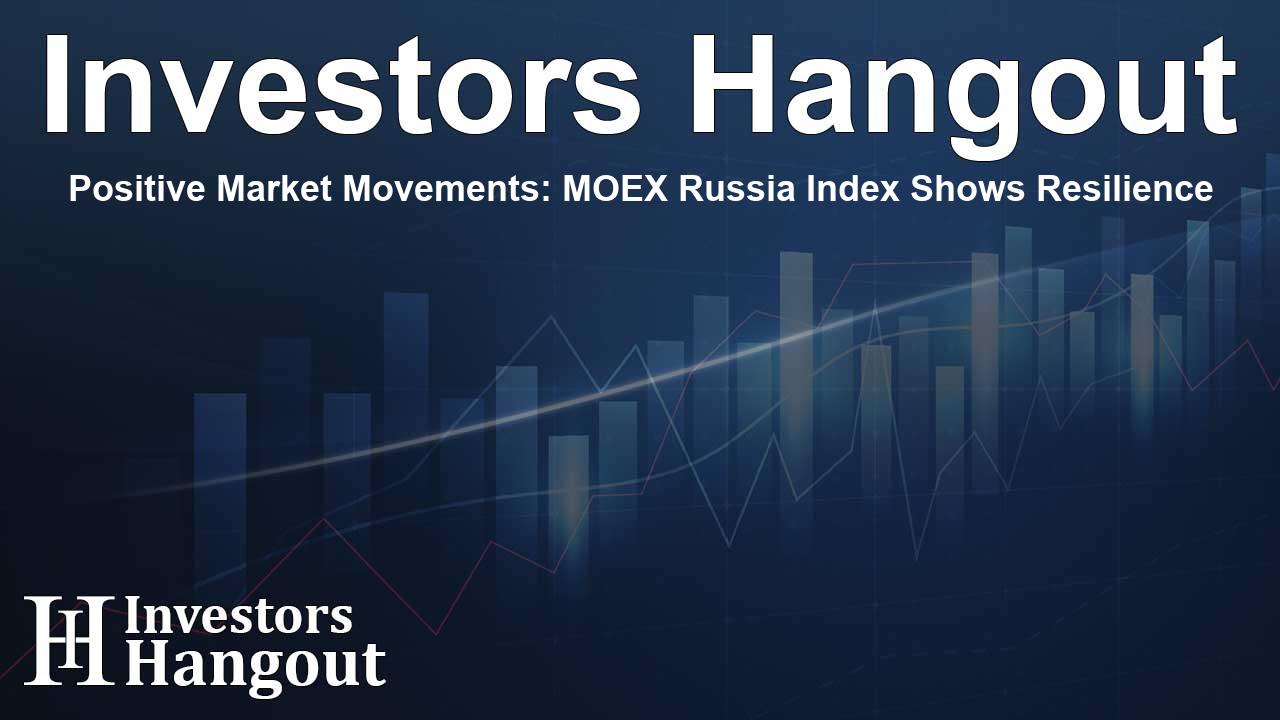Dicyclopentadiene Market Growth Projected to USD 1.5 Billion

Dicyclopentadiene (DCPD) Market Growth Overview
The global market for dicyclopentadiene (DCPD) is experiencing significant momentum, currently valued at approximately USD 810.7 million. Forecasts suggest steady growth, with an anticipated compound annual growth rate (CAGR) of 5.6% from 2024 until 2034, leading to a projected market value of around USD 1.5 billion by 2034. This upward trend in the DCPD market reflects the increasing adoption of its applications across various sectors.
Impact of the Plastic Resin industry
As of late 2023, plastic resin production in the U.S. reached an impressive 8.5 billion pounds in December, marking a 24.6% increase from the previous year. Such growth is primarily driven by advancements in specialty resins, essential for coatings, adhesives, and sealants in the building and construction sector. Unsaturated polyester resins, particularly those treated with DCPD, are preferred for their quick drying capabilities, cost-effectiveness, and reduced styrene emissions, making them ideal for various construction applications.
Key Findings in DCPD Utilization
Several key findings have emerged regarding the usage of DCPD in the market. Ethylene propylene diene monomer (EPDM) elastomers are notably the most utilized thermoplastic elastomers in the automotive industry due to their invaluable properties such as cost efficiency and low density. EPDM continues to gain traction, especially due to its compatibility with various chemicals necessary in today's manufacturing environments. The rise in demand for EPDM elastomers directly boosts the revenue in the DCPD market.
Current Market Trends
Recent market trends show a growing preference for glass fiber-reinforced plastics (GFRP) for their remarkable properties including heat resistance and impact strength. Such materials are becoming increasingly popular in the construction and transport sectors. In particular, EPDM elastomers are noted for their exceptional resistance to harsh conditions like heat, steam, and ozone, positioning them as a favorable choice for applications in tubing and architectural sealing solutions.
Regional Outlook: Market Dynamics
The Asia Pacific region is currently leading the charge in DCPD market share, with Japan being the largest consumer. Countries like China, India, South Korea, and Indonesia are also experiencing considerable growth fueled by the expanding plastics industry and increased use of polyester resins, particularly in electrical and electronic components. As demand surges within end-use industries such as automotive and packaging, the outlook for DCPD in Asia Pacific remains positive.
Key Players in the DCPD Market
In contrast to other general-purpose polyesters, DCPD-based resins present lower styrene content, aligning with increasing regulations on emissions in North America and Europe. Major players like Braskem, Chevron Phillips Chemical Company LLC, and ExxonMobil Corporation are at the forefront, adopting innovative production methodologies to comply with these standards and meet growing market demands.
Noteworthy Developments
Recent developments highlight the dynamic nature of the DCPD market. For instance, Braskem's recent announcement of establishing a representative office in Tokyo underscores its commitment to advancing bioplastics. Conversely, OQ Chemicals has introduced a bio-circular precursor DCPD, showcasing the shift towards sustainable solutions in the industry.
Future Perspectives in the DCPD Market
The segmentation of the DCPD market reveals various applications, including unsaturated polyester resins and hydrocarbons, indicating diverse prospects for business growth. As industries increasingly focus on innovative and sustainable practices, the projected growth of the DCPD market illustrates its crucial role in the broader context of material science and engineering.
Frequently Asked Questions
What is the projected market value for DCPD by 2034?
The DCPD market is expected to reach approximately USD 1.5 billion by 2034.
What industries primarily utilize dicyclopentadiene?
DCPD is extensively used in the building and construction sector, particularly for specialty resins in coatings, adhesives, and sealants.
Which regions show significant growth potential for the DCPD market?
The Asia Pacific region, particularly Japan, China, and India, is witnessing substantial growth in the DCPD market due to rising demands in the plastics industry.
What are the main benefits of using DCPD in elastomers?
DCPD enhances elastomers' properties, making them more resilient to harsh environmental conditions, thus expanding their application in various settings.
Who are the key players in the DCPD market?
Major entities in the DCPD market include Braskem, Chevron Phillips Chemical Company LLC, and ExxonMobil Corporation, among others.
About Investors Hangout
Investors Hangout is a leading online stock forum for financial discussion and learning, offering a wide range of free tools and resources. It draws in traders of all levels, who exchange market knowledge, investigate trading tactics, and keep an eye on industry developments in real time. Featuring financial articles, stock message boards, quotes, charts, company profiles, and live news updates. Through cooperative learning and a wealth of informational resources, it helps users from novices creating their first portfolios to experts honing their techniques. Join Investors Hangout today: https://investorshangout.com/
Disclaimer: The content of this article is solely for general informational purposes only; it does not represent legal, financial, or investment advice. Investors Hangout does not offer financial advice; the author is not a licensed financial advisor. Consult a qualified advisor before making any financial or investment decisions based on this article. The author's interpretation of publicly available data shapes the opinions presented here; as a result, they should not be taken as advice to purchase, sell, or hold any securities mentioned or any other investments. The author does not guarantee the accuracy, completeness, or timeliness of any material, providing it "as is." Information and market conditions may change; past performance is not indicative of future outcomes. If any of the material offered here is inaccurate, please contact us for corrections.









